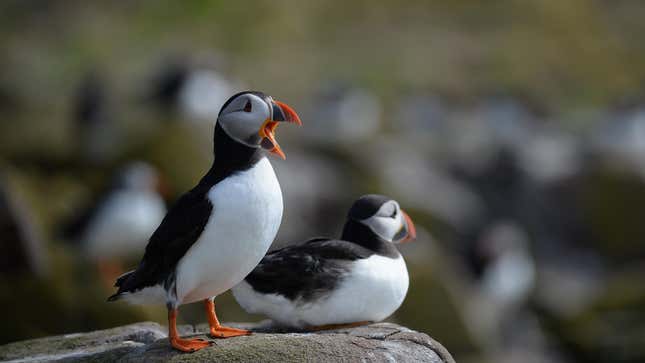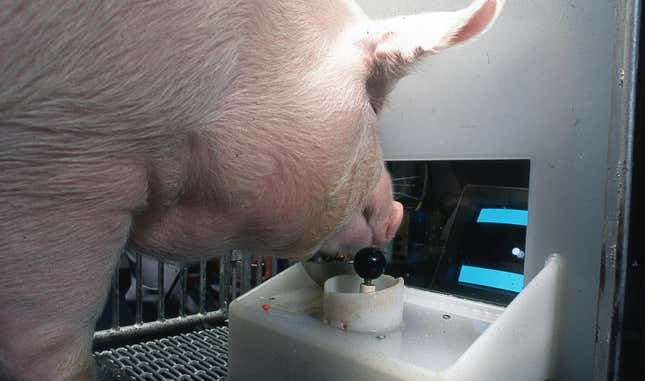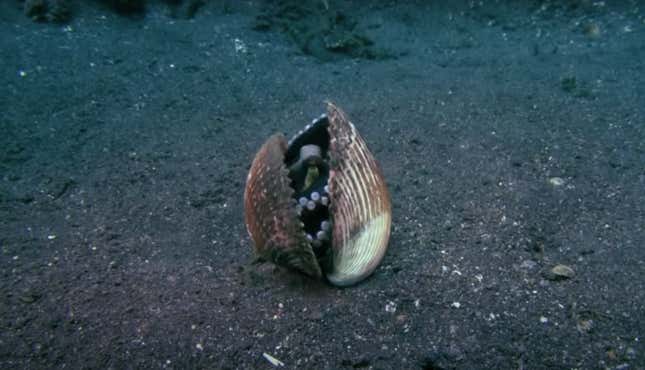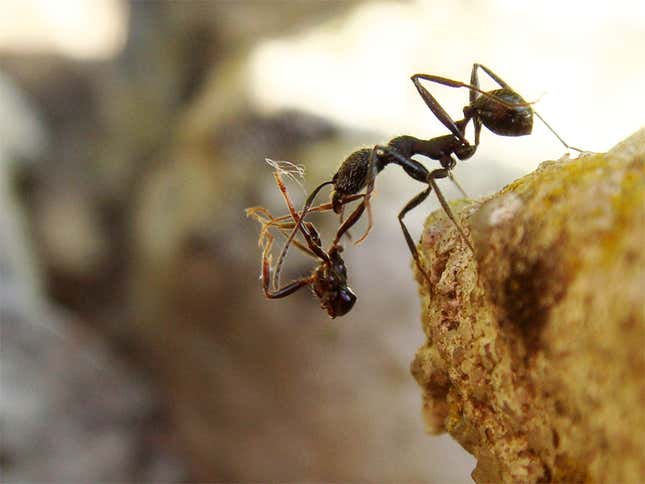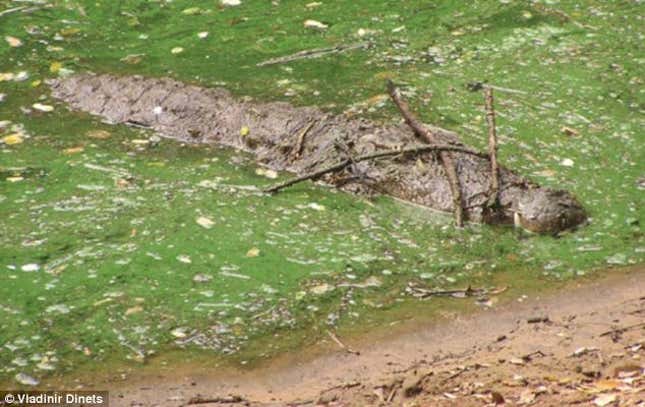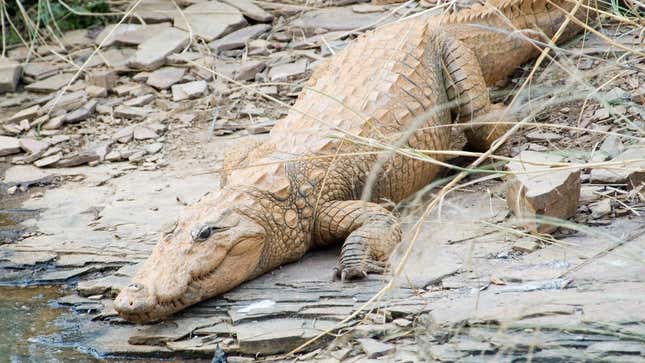
Scientists once thought that only humans and our closest relatives, chimps, were clever enough to use tools. But as our documenting of the natural world has gotten more detailed—and as we’ve become less haughty about our supposed superior intellect—we’ve found that many species are actually deft with sticks, stones, and other implements. Here are a few of the lesser-known tool users that have been discovered in recent years.
A version of this story was originally published on February 25, 2022.
